Arizona has four main sources of water: Colorado River water, in-state surface water (like the Salt River & Verde River managed by SRP), groundwater (water pumped from aquifers) and reclaimed water. Learn more.
Drought is a prolonged period of below-average precipitation severe enough to negatively impact the environment and human activities. Drought is a natural occurrence and Arizona is especially sensitive to drought, since water is scarce here even during average years. Population growth continues to increase demand for water. Drought can impact domestic water supplies, ranching and farming production, vegetation, forest health and wildlife populations.
Arizona has been in some stage of drought since 1994, according to statewide precipitation patterns. Water resources in Arizona are diverse and can arrive from hundreds of miles away; such is the case with the Colorado River water. Water in the Colorado River are generated by snowmelt runoff from mountain ranges that can be located in as far as Colorado and Wyoming states, upper in the Colorado River Basin. Even water supplies that are generated within the state can originate much further than the place of consumption- either located deep underground (in the form of groundwater) or generated by snowmelt from mountains located tens of miles away from Central Arizona, where most of the state's residents live and work. Learn more.
While climate change is affecting the entire state, the impacts are felt differently depending on where and who you are. Experts are most concerned about parts of the state that are largely reliant on a single resource like the Colorado River, which is currently experiencing a megadrought, or only groundwater. We should be paying the most attention to the strategies we need to manage risk in those areas. Marginalized populations experiencing water insecurity emphasized by climate change include low-income families, migrant workers, minority-headed households, houseless people, and tribal populations.
For example, across the Navajo Nation, lack of access to potable water is common, and that access is hindered by water infrastructure costs, which can be as much as 70 times higher for a Navajo family relying on hauled water than for non-Indigenous families with piped delivery, according to the report.
The state of Arizona is working on a Priority Climate Action Plan, led by the Governor’s Office of Resiliency. Simultaneously, two climate plans are being developed by Maricopa and Pima counties. Cities including Phoenix, Tucson and Flagstaff are also working on plans. There is need to advance water augmentation opportunities, water purification, and different cooperative agreements between cities and agricultural users, other states, and with tribal communities to be able to increase the available supply from the Colorado River.
ASU is supporting the City of Phoenix and regional partners as they develop a new advanced water purification treatment plant that will allow the recycling of municipal wastewater to drinking water quality standards, and deliver that water directly back to residents. This will generate tens of millions of gallons of new water every day reduce our reliance on drought-affected rivers like the Colorado River and allow us to be more efficient and reuse and recycle our water multiple times.
Climate change is impacting the surface water flows in the Colorado River Basin due to higher temperatures and dryer soil. Research tells us that for roughly every degree Celsius increase from climate change, we see about a 10% decline in the river flow on the Colorado River. As we look forward we need to factor those changes into our calculations and we need to adapt our water demand to be more efficient, and we need new policies.
Tools
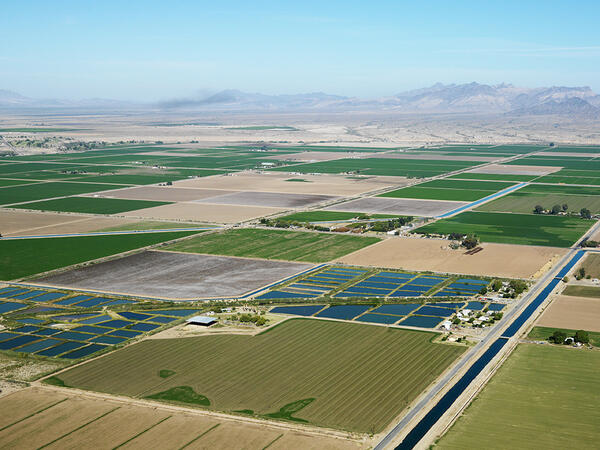
Waterway Map
This US Environmental Protection Agency tool allows users to enter their address and learn more about their community's waterway, such as swimming access, fishing safety, aquatic life, and drinking water.
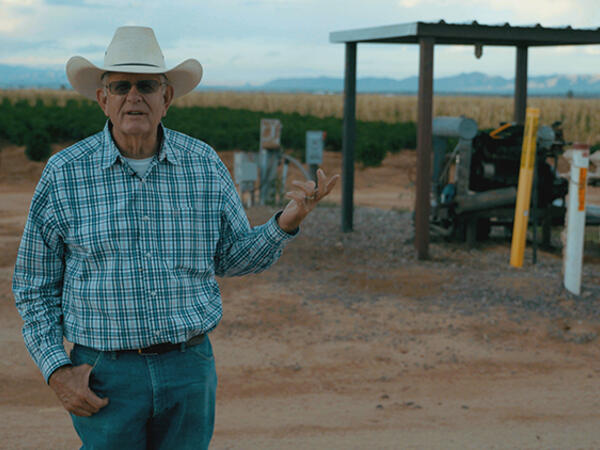
Private Domestic Well Map
The US Environmental Protection Agency's Private Domestic Well map allows users to search for private domestic wells, utilizing 2020 U.S. estimates

Drinking Water Quality Report
US Environmental Protection Agency's Consumer Confidence Reports for each state, also known as an annual drinking water quality report from your water supplier.
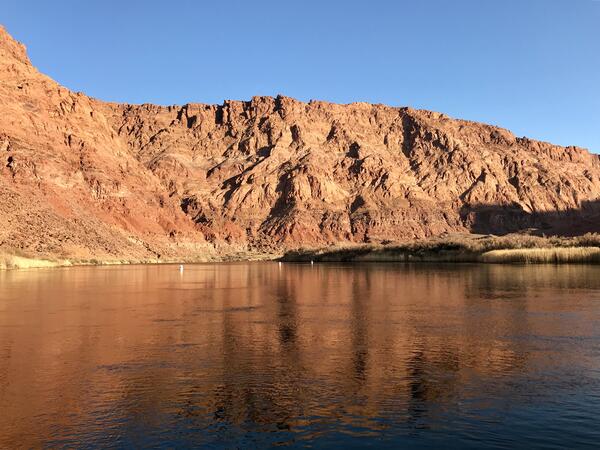
AMAs Information Page
The Arizona Department of Water Resources shares important facts about Active Management Areas, including information on management plans, Irrigation Non-Expansion Areas and grandfathered rights.
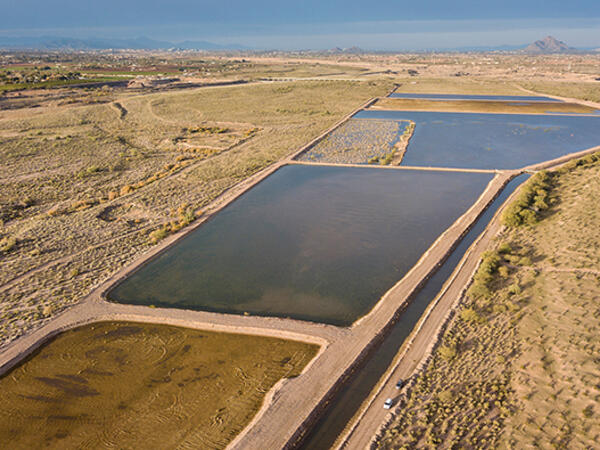
Groundwater Use Rights Map
A comprehensive map of Arizona groundwater rights and irrigation authority based on location, intended for use by owners of irrigation grandfathered rights, owners of Type 1 non - irrigation GFRs, irrigation…

Assured and Adequate Water Supply Map
The Arizona Department of Water Resources' interactive AAWS map includes data such as groundwater subbasins, AMAs and INAs, AAWS Issued Determination, and pumping or recovery wells.
Fact sheets
Research and policy briefs

How Arizona Municipal Water Providers Are Regulating Large-Volume Water Users
Recognizing the need to manage water supplies sustainably and cognizant of public concerns about long-term availability, at least nine large municipal water providers in Arizona have passed ordinances imposing…
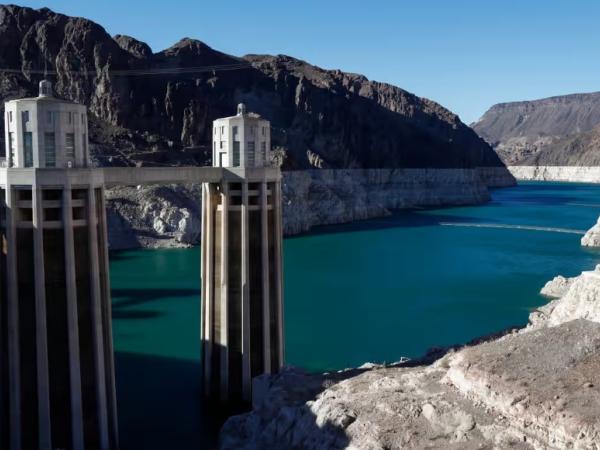
Arizona Guide to the Expiration of the 2007 Operating Guidelines for Lakes Powell and Mead
In response to drought and declining reservoir levels, in 2007 the seven states that share Colorado River water agreed to new guidelines for managing the system; the guidelines and additional measures will expire in…
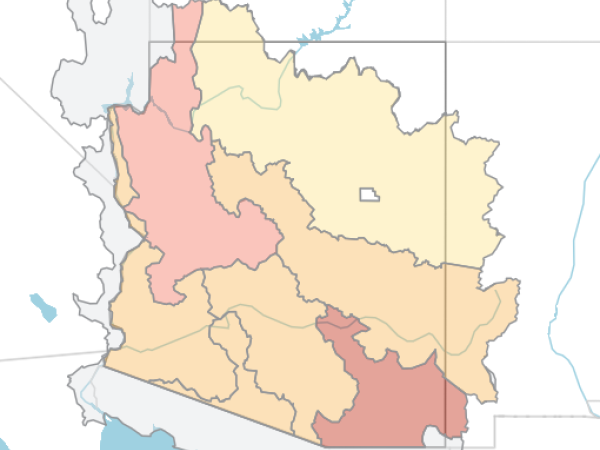
Research brief: Declining freshwater availability in the Colorado River Basin threatens sustainability of its critical groundwater supplies
The Colorado River Basin, a crucial water source for several U.S. states and Mexico, is facing a severe and ongoing decrease in freshwater – both surface and groundwater. This decline is mainly due to the changing…
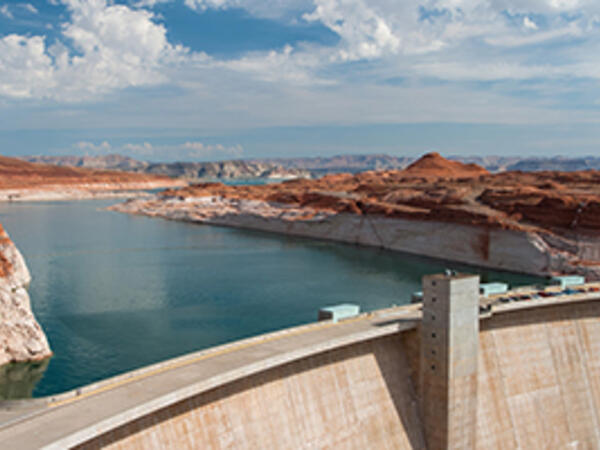
Floating Pools & Grand Bargains
Negotiations over the future of the Colorado River hinge on a bold new idea: Floating Pools — reserved water storage designed to reduce conflict and avoid litigation between Upper and Lower Basin states. Our new report…
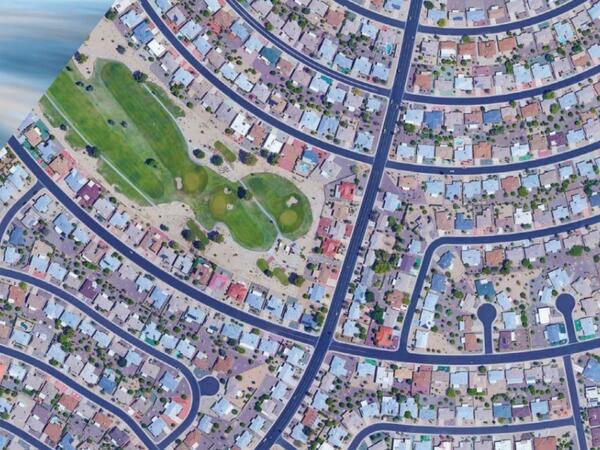
More Elusive Than Ever: Arizona’s Assured Water Supply Protections Under Colorado River Shortages and Groundwater Scarcity
In the state's most urban areas, Arizona's Groundwater Management Act prohibits the sale of subdivision lots that lack a 100-year assured water supply. Allowing groundwater to qualify as an assured supply conflicts with…
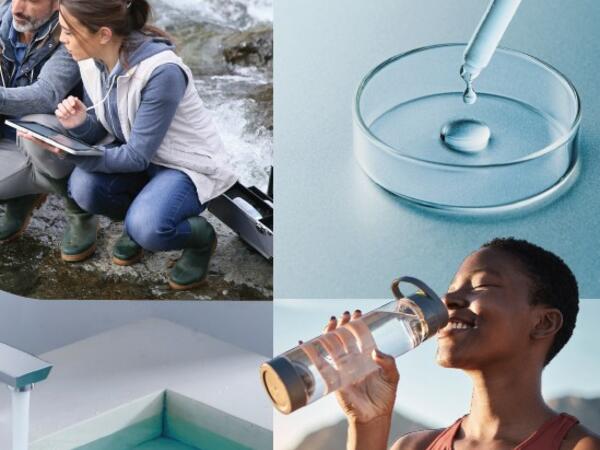
2024 Arizona Water Innovation Initiative Year in Review
We in the Arizona Water Innovation Initiative (AWII) are doing our part to develop innovative solutions to water challenges across the state with our five strategic priorities, as well as several cross-cutting…
Newsletters
Interested in keeping up with our events, news, and resources? Sign up for our newsletter today!
Sign up
Videos and webinars
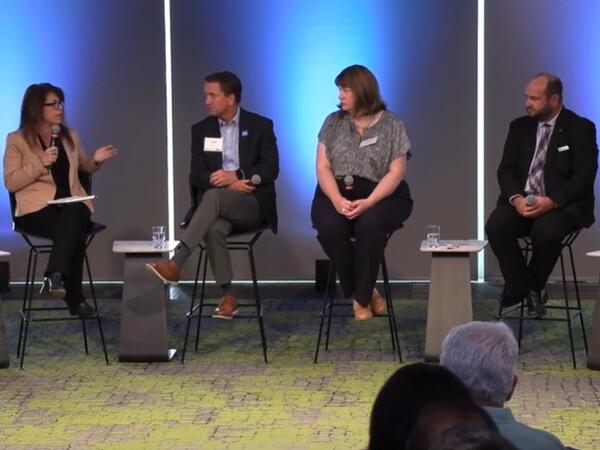
Arizona Water Innovation Initiative Kick-Off Event
Join us in commemorating the kickoff of the Arizona Water Innovation Initiative, a groundbreaking effort to tackle Arizona's water challenges head-on. ASU is rallying a diverse team of water experts from within and…
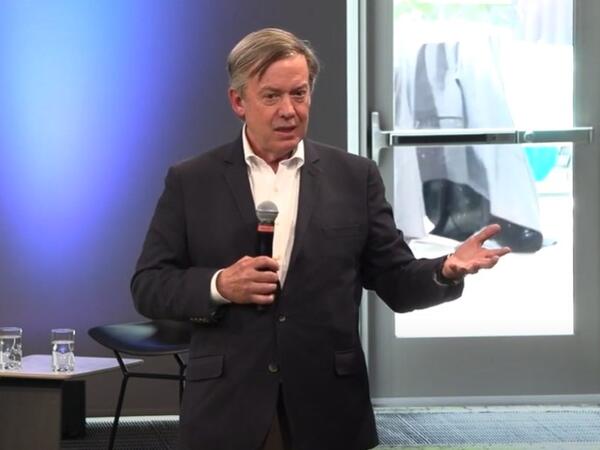
Arizona Water Innovation Initiative Launch
Please join us as we celebrate the launching of the Arizona Water Innovation Initiative, created to generate pioneering ideas that address Arizona’s water challenges.
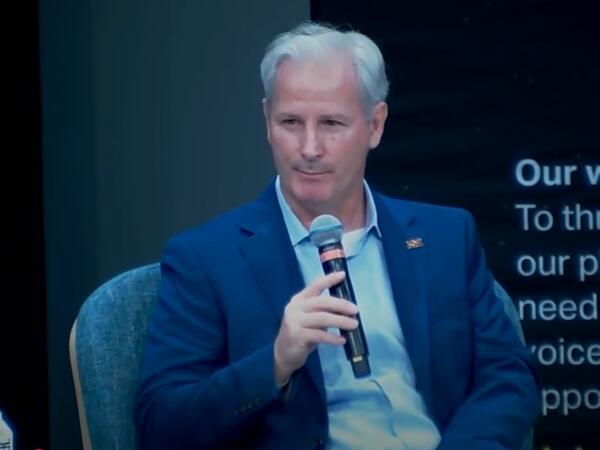
Panel: AWII at ASU World Water Day 2024
This event, held on March 22, 2024, celebrated the launch of the Water Institute at the ASU Julie Ann Wrigley Global Futures Laboratory.

ASU FLOW 2024
ASU Flow 2024 was held in October at the SRP PERA Club in Tempe. This is the second time the Arizona Hydrological Society and ASU’s Center for Hydrologic Innovations, a pillar of the Arizona Water Innovation…
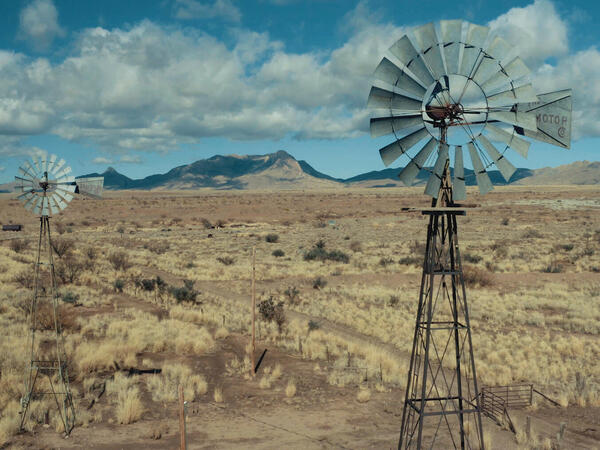
Agriculture & Water in the West
In September 2023, the Babbitt Center, with our partners at Arizona State University’s Water Innovation Initiative and Lincoln Institute’s Consortium for Scenario Planning, brought together farmers, ranchers, residents,…